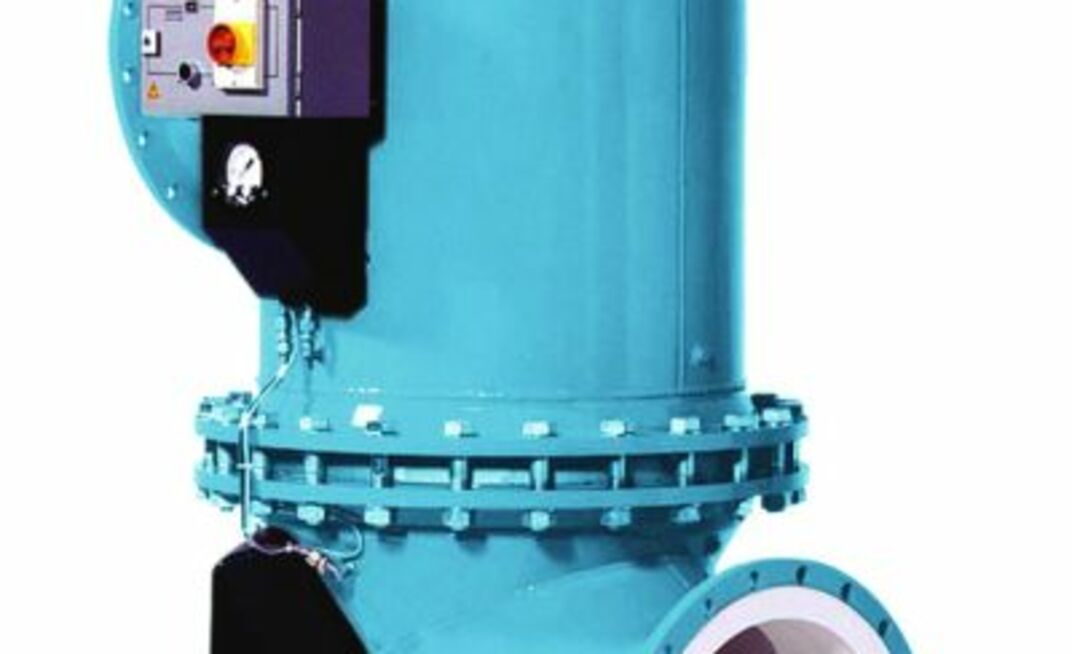Published in the December 2005 American Longwall Magazine
Recognizing that it is often necessary to use water from a pond, river, lake or underground well to make up the 95% portion of 95/5 fluid, Schroeder offers filtration units for use above ground to remove solid contaminants from the source water. Part of a complete filtration system – available from the smallest SC02 up to a high-capacity SC36 – it allows operations to prolong the life of their water-employing equipment components as well as the system itself.
Schroeder considers the SC line to be one item mines can truly get and forget. “It’s self-cleaning – and because it’s self-cleaning, it’s virtually maintenance free [and] when properly sized, requires very little follow-up,” said process product manager Russell Olmsted, who oversees SchroederPURE for the Pittsburgh-based company.
Involved in supplying filtration solutions to the mining industry for more than a half century, Schroeder is regarded as one of the top names in filtration, a reputation earned through the quality of its systems that “set the standard for industrial filtration products”
The smallest of the self-cleaning series is the SC02, which handles up to 120 gallons per minute of water or low-viscosity fluids. The next, SC04-SC08, can filter up to 1980 gallons each minute, while the SC10-SC36 can take on some 33,000 gallons of water a minute – which can equate to over 47 million gallons per day (MGD).
Information on the needs of an operation can help Schroeder determine the best size for a customer but, in general, there is an average range for underground operations.
“Mining operations consume water anywhere from 400 gallons a minute up to 1200 gallons a minute. Some use less and some use more, but that seems to be the range,” he said. “I think [for operations] it’s going to be the SC06 and the SC08...so far about 1000 gallons seems to be the typical longwall water requirement.”
Olmsted stressed that they work with all of the major manufacturers for longwall and mining-related equipment.
In finding the right solution, the minimum and maximum flow rate should first be analyzed. Factors relating to the water must then be taken into consideration, including the source and type of typical contaminants entering the system and the mine’s desired water cleanliness.
While all are important, Olmsted pointed out that the cleaner the water entering the other working units, the smoother and longer they will run – something that could potentially keep maintenance calls at bay as well as increase the life span of other pieces of equipment, such as nozzles and fluid power systems.
Schroeder also customizes the construction of the system as well as power options. Because the base and acid levels of source water can vary throughout the US, Olmsted pointed out that both stainless and carbon steel are available. “Mining in the west is either stainless steel or carbon with polyurethane or rubber coating. In the east, just carbon steel coated with polyurethane may be all that is required.”
Fluid and application analysis is required before a filter can be specified in terms of size, material, coating and control system options.
There are four options regarding operation: electric-pneumatic controls, electric-electric controls, pneumatic-pneumatic controls, and a pneumatic-pneumatic with timer controls.
“Electric-pneumatic means that the electrical control panel senses when it needs to be self-cleaned. The electrical control initiates the valve opening and closing sequence with the valve controlled pneumatically.
“[However], some people don’t have compressed air available, so you’ve got electric-electric control,” Olmsted said, adding that the timer can be set to a specific time interval instead of differential pressure (cleaning more or less often), and the design keeps water flowing without interruption while the filter goes through its self-cleaning process.
Schroeder’s line, while touted as virtually maintenance-free, are easily cared for in the event something does happen on-site, such as the intake of a large piece of debris. “The internal filter elements are permanent, but they’re easily removed and cleaned.” He also added that the filter can be shut down or a bypass installed while work is performed.
According to Olmsted, what makes Schroeder’s line different are the elements for the filter, which are a patented conical design where the elements resemble cones having slotted wire segments. It is claimed this design provides an even flow path, a high level of particle capture, low-pressure differential and the assurance that a complete cleaning is being performed each time.
Along with a relatively long life span and low operating cost, other advantages include the ability to have consistent operation through high-quality cleanable filtration, a low pressure drop while cleaning is being performed and a high flow rate, among other factors.

























